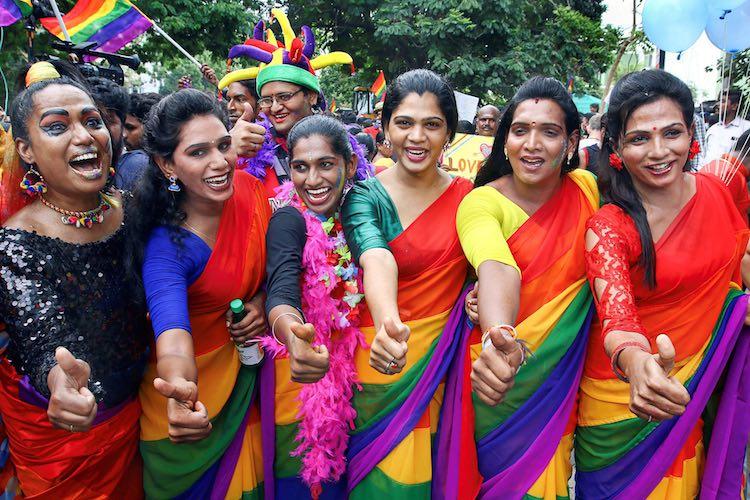Note4Students
From UPSC perspective, the following things are important :
Prelims level: NALSA
Mains level: Centre of Excellence for transgender healthcare

Central idea
The article discusses AIIMS’ initiative to establish a Centre of Excellence for transgender healthcare, addressing historical discrimination and legal recognition challenges. It explores legislative milestones, emphasizing comprehensive healthcare for the transgender community.
Key Highlights:
- AIIMS’ Vision for Transgender Healthcare: AIIMS, New Delhi, plans a Centre of Excellence for transgender healthcare in 2024, aiming to address historical discrimination and marginalization.
- Legal Recognition Milestone: Legal recognition for transgender people initiated with the NALSA v Union of India (2014) judgment, endorsing their fundamental rights.
- Legislative Emphasis on Healthcare: The Transgender Persons (Protection of Rights) Act (2019) and Transgender Persons Rules, 2020 emphasize holistic healthcare, sensitivity training, and equal opportunities for the community.
Key Challenges:
- Structural Barriers: Transgender community faces obstacles like exclusionary infrastructure, lack of trained healthcare workers, and limited availability of gender-affirming services.
- Coercive Surgery Mandate: The Transgender Act mandates surgery for legal recognition, contradicting the NALSA judgment against insisting on sex reassignment surgery.
- Government Healthcare Limitations: Primary and secondary healthcare lack transgender-inclusive services, relying on tertiary institutes and private providers for gender-affirming procedures.
Key Terms/Phrases:
- Conversion therapy, transgender rights, sex reassignment surgery, gender-affirming services.
- Fundamental rights, mental, sexual, and reproductive health, legal recognition.
- Transgender-inclusive wards, equal opportunity policy, Centres of Excellence, Centres of Inclusion.
Key Quotes/Statements:
- “Transgender people have been historically discriminated against and marginalised — pathologised and labelled mentally diseased.”
- “Transgender people are legally guaranteed equal access to healthcare. Yet, it is denied.”
- “The plan to open a Centre of Excellence at AIIMS-Delhi is a welcome step but should not be considered a panacea for all ills.”
Key Examples/References:
- NALSA v Union of India (2014): Legal recognition and endorsement of fundamental rights for transgender people.
- Transgender Persons (Protection of Rights) Act (2019) and Transgender Persons Rules, 2020: Legislation emphasizing comprehensive healthcare and inclusivity.
- AIIMS-Delhi’s Centre of Excellence: An initiative to address healthcare needs of the transgender community.
Key Facts/Data:
- Legal recognition for transgender people in India began with the NALSA judgment in 2014.
- The Transgender Persons (Protection of Rights) Act enacted in 2019.
- Transgender Persons Rules, 2020 outlined guidelines for transgender-inclusive healthcare.
Critical Analysis:
- Misplaced Focus on Coercive Surgery: Contradiction with the NALSA judgment raises concerns about legal recognition.
- Limited Government Initiatives: Transgender individuals often rely on private providers and tertiary institutes due to inadequate government support.
- AIIMS-Delhi Initiative’s Positive Impact: While a positive step, challenges persist in ensuring comprehensive transgender healthcare across India.
Way Forward:
- Curriculum Revision: Revise the medical curriculum to cater to the needs of gender-diverse people.
- Inclusive Services: Ensure transgender-inclusive services in all government medical colleges and hospitals.
- Prioritize Centers of Inclusion: Advocate for Centers of Inclusion providing essential healthcare at grassroots levels over Centers of Excellence at premier institutes.
- Legal Recognition Advocacy: Advocate for legal recognition without coercive surgery, aligning with the NALSA judgment.
Get an IAS/IPS ranker as your 1: 1 personal mentor for UPSC 2024

